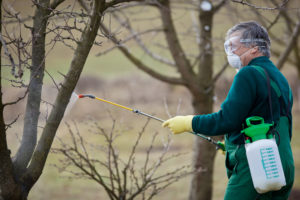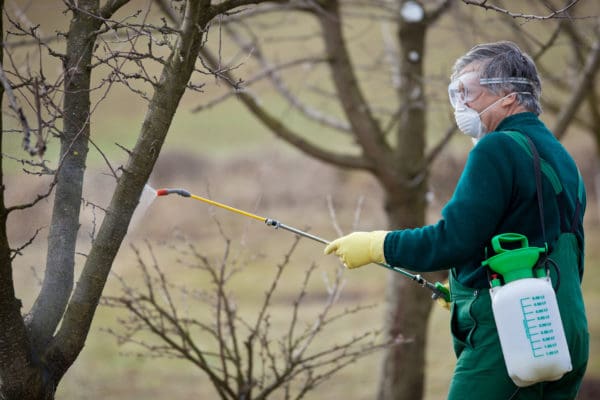
Over the last few decades, there has been a growing emphasis on the importance of safety in the American workplace. For the pest management industry, there is not only a responsibility to protect employees, but the public. In fact, government regulations and industry programs are in place to help ensure the safe manufacture, distribution, use, and disposal of pesticides.
Pest Management Safety Programs
Successful pest control companies know that delivering competitive, high-quality pest control requires more than simply controlling pests. Employee safety training programs are critical for successfully reducing transportation accidents, preventing off-target pesticide movement, demonstrating proper use of personal protective equipment, and avoiding financial losses and injuries caused by pesticide spills or accidents.
Putting Safety in Employees Hands
While putting safety programs in place and practicing pesticide safety requires a continuous commitment by management, employees play a major role in workplace safety, too. Employers cannot maintain a safe working environment without the full cooperation of their employees. A pesticide safety program is only as good as the commitment of its employees. So, once trained, employees must be committed to continually recognizing – and avoiding – potential safety hazards, while exercising caution to prevent exposure to pesticides and other hazardous materials.
SDSs & HazCom in Pest Management
The role of safety data sheets (SDSs), a key element of OSHA’s Hazard Communication Standard that requires chemical manufacturers to thoroughly evaluate chemicals that they produce to determine their hazard potential, is paramount in providing guidance and direction for safer manufacturing and handling of pesticides, product labeling, worker training, and employee access to chemical hazard information.
If a chemical presents a hazard, an SDS must be developed to communicate its hazard potential to users – and information vital to the safe use and handling of each chemical or product. As a mobile service industry, pest control employees must assume responsibility for the safe transportation, storage, and handling of pesticides and other hazardous materials while off-site, too.
Avoiding Regulatory Fines
But beyond keeping employees and workplaces safe, there are other benefits to safety training and SDSs. Employees who fully understand their jobs and the chemicals with which they come into contact will be also be trained to assist in reducing – or eliminating – regulatory fines, employee lawsuits, hazardous waste cleanups, worker compensation claims, medical treatment, property damage suits, and even the damage to a company’s reputation resulting from negative publicity following a safety-related incident.
The time and money invested in providing safety and job performance training and accurate SDSs can yield big returns by reducing losses, increasing company profitability, and boosting employee retention.
A Commitment to Environmental Health & Safety
Ultimately, as with any industry in which chemicals are present, both employees and employers share safety responsibilities. Both must commit to job safety through training, practice and communication. With today’s increased focus on safety, everyone associated with pesticides must have some knowledge and training on the products being stored and handled within the business.
Taking the steps necessary to protect human health and the environment cannot be taken lightly by pest control companies – and GSM is here to help! Let us help you create, implement and refine your process to ensure compliance with our SDS authoring and SDS management tools to help you make sure your safety data sheets are readily available, up-to-date and easily accessible across all devices.


